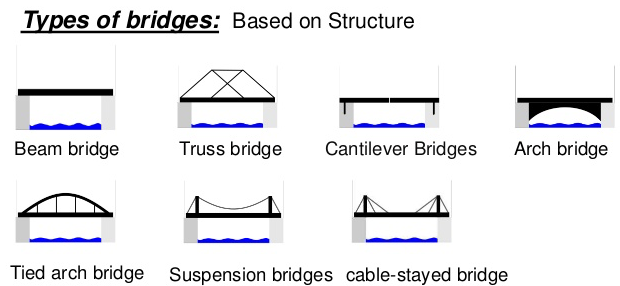What is Mobile Phone?
It have many names like, cell phone, mobile phone, smart phone or telephone. This is a portable device that access to cellular radio system. In simple devices we only access to make and receive the calls and send and receive the messages.
20 Adva2ntage of Mobile Phones
From their beginnings as bulky car phones in the 1980's, mobile phones went on to become multimedia communication devices with a level of computing power seen in desktops only a short number of years before.
20 Mobile Phone Benefits
- Communication
- Small and Convenient
- Photos and Video
- Texting
- Fashion and Self-Expression
- Entertainment
- Notes and Reminders
- Video in Real Time
- Calendars and Organization
- Maps, Navigation, and Travel
- Online Banking and Finance
- Address Book and Contacts
- Remote Working
- Emergencies
- Watches and Alarm Clocks
- Calculator
- Flashlight/Torch
- News, Sports, and Live Events
- Crime Prevention and Evidence Gathering
- Learning and Research
I will explain each of the advantages above in more detail below.
Disadvantages of Mobile Phones
- Distance from Relatives
Use of mobile every time is keep far from your friends, family and other relatives. This is the big disadvantage that you don’t know about your family and friends. It born the hate in the heart of your relatives.
- Waste of Time
Time is money and money is time. Don’t waste your time because of cell phones, don’t use it much, always try to less use of mobile phones and save your time and spent it on good ways.
- Waster of Energy
We are reading the disadvantages of mobile phones, it is another biggest factor that effects on human health. It is cause of waste the energy, during use of cell all the parts of human body are spending energy on it, like; eyes, hands and mind etc.
- Cause of Diseases
Mobile Phone can be cause of skin diseases especially hand skin, cancer and eye problems etc. And a lot of other diseases can be effect the body by its high usage.
- Study Loss
Another biggest disadvantages for students is they have very high loss of their studies. Because of using the mobile phones. And at the end of the study session they got very bad results and many of them got fail in class room.
- Loss of Human Life
It may cause of your death, some peoples use it during driving, which may cause of accident. Or using in aero-plane can dismiss the wireless system and that may cause of plane crash.
- Stolen of Data
If you have your personal images, videos or files etc. in your device. Other peoples can easily stole your images and videos. In android mobile phone it is easy to copy data from one device to another but in IOS operating system have little safety.
- Arrest in Legal Investigations
If your cell is stolen, it is advice to you that immediately report in police station. Because if someone make robbery in other place and they through/left your SIM card or device there. So it can be put you in legal Investigations.
- Loss of Money
Before technology developed there were simple mobile phones everywhere and now today’s these simple sets are very rare and useful. But as technology developed new and touch mobile phones come to market, which are very expensive and peoples spend money on these sets which is loss of money. And dealers are also trading in these sets, sometimes these sets become dead at once or the loss their value in market because of coming new models. Because of these new models old models are valueless and have loss in business.
- Speak lies
We are reading the advantages and disadvantages of mobile phones in essay for students. and the biggest disadvantages is everybody speak lies while talking on cell phones. Which is fraud and make people more liaer.








































